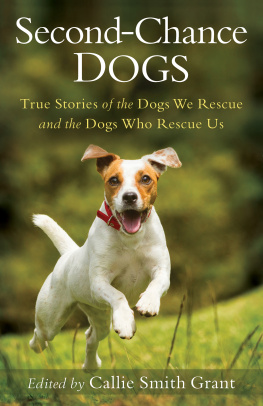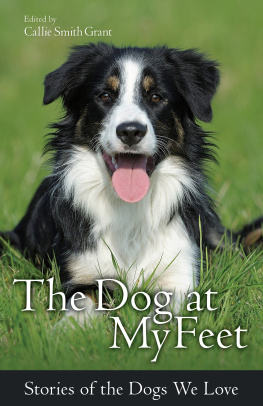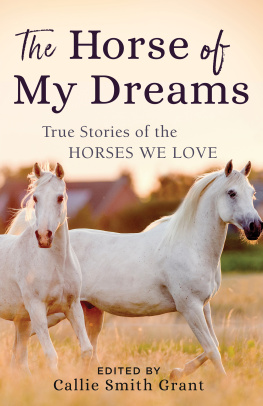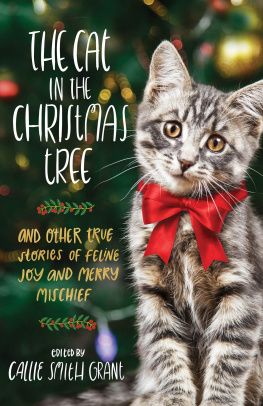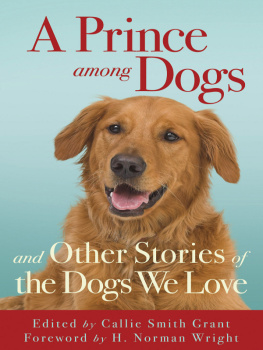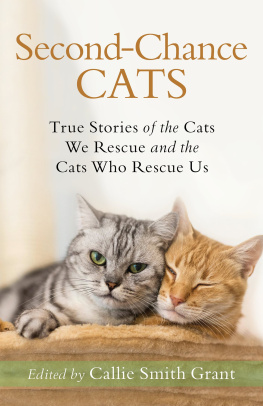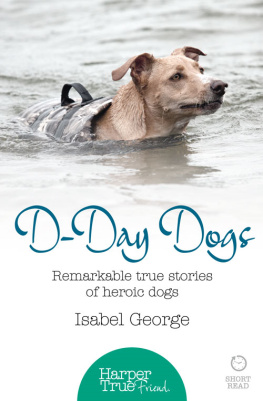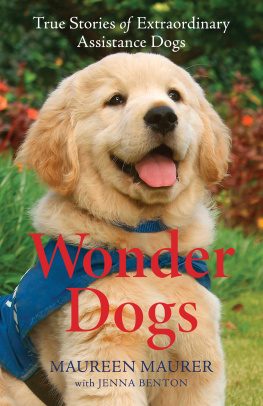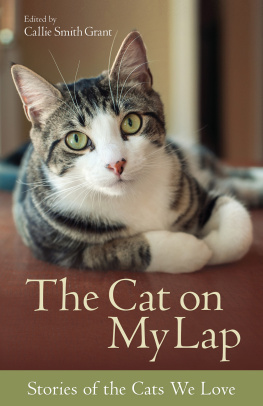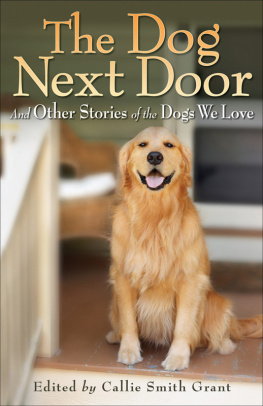Susan C. Willett
Delores E. Topliff
Claudia Wolfe St. Clair
Xochitl E. Dixon
Dr. W. Alan Dixon, Sr.
Susan C. Willett
Introduction
Callie Smith Grant
R escue. Its a good word, isnt it? Who would have thought the day would come when it could be trendy to say about your dog, Hes a rescue. Or She was found wandering on Main Street... Weve always known a dog doesnt need a pedigree to be a wonder. He or she simply needs a chanceoften a second chance.
In Second-Chance Dogs: True Stories of the Dogs We Rescue and the Dogs Who Rescue Us , youll meet dogs either getting a most-needed second chance or giving that second chance to someone else. These dogs come from shelters and pounds, breeders and breed rescue groups, homegrown litters and the streets. Their stories take place across the United States plus Canada, Panama, St. Martin, Germany, France, and Greeceshowing how universal and unique rescues can be.
Many of these stories demonstrate how dogs have ways of paying forward any grace extended to them. Its as if they say, Let me move in, and I promise youll be glad. Then they somehow do things like save lives for the people who chose them or the animals around them or even strangers who cross their paths. Or they provide much-needed comfort or companionship to the lonely or frightened. Sometimes its a big bombastic achievement. Sometimes its subtle.
My husband and I had moved to a new town and were looking for a church. We found one whose members care about each other and the community, and we eventually joined.
But I will confess that what sealed the deal for me was that this church allows dogs. Yes, this handsome, historic church that had been downtown for over 150 years welcomes dogs. We dont happen to have a dog, and few dogs attend. But they are welcome. And I like that.
One young woman used to bring her aging Chihuahua to church. This very mellow dog would take any attention in stride, rolling her round, pretty eyes at people. I always felt privileged when I could have the dog sitting in my pew.
We had a parishioner who suffered a stroke. She came back to church, but she could no longer talk or even smileand she had been outgoing. When the part of the service came where we all shake hands and hug each other in the aisle, I could see why she seemed so melancholypeople spoke to her and smiled at her, but she simply could not reciprocate in the same way. The stroke had taken that ability.
One Sunday, the Chihuahua and her human sat next to the lady whod had the stroke. During the service, the woman surprised me by reaching out for the little dog, and the dog was handed to her. Then something unexpected happened. The woman began to verbalize to the dogloudly, garbled, and with expression. Nobody could understand a word, but clearly she was emoting to the quiet little dog in her arms. It was as if she was releasing all her pent-up personal pain and her lack of ability to communicate to this creature who looked into her eyes and seemed to understand every word.
The entire congregation grew silent, and a few quietly wept. We knew we were watching something extraordinary, because what none of us could do with a hug, a handshake, or a smile, the dog did.
Ive always believed this kind of animal is God-sent. The Chihuahua was not the older womans dog, but to me, they crossed paths for a healing purpose. The connection between human and animal for that moment was strong and obvious, and the Chihuahua helped the woman once again feel understoodand once again feel at home.
Home. Thats another beautiful word. It is telling how many of these stories have that word in their titles. So a dog gets a home. A home gets a dog. A home is complete, thanks to the marvelous beasts in Second-Chance Dogs .
Bringing Honey Home
Andrea Doering
T he day we visited the rescue shelter, its fair to say there were at least four desired outcomes in our family of five. There was my husbands version, which was predicated on the idea that because hed stayed at home, no real decision could be made about a dog, and confirmed the premise we were just looking.
There was our daughter Emilys version, which entailed us breezing through the adult dog section, onward to the puppy room, and at the sight of all that cuddly fluff, Emilys mothers reservations about a puppy would melt.
There was my version, which assumed that just before we arrived at the shelter, someone would drop off a perfectly trained King Charles spaniel that loved children and was very quiet.
Henry and Katherine, our twins, shared their desired outcome. Generally, Henrys plans were what Katherine deemed best for him; it made life easier, and he could get on with the important stuff, like Legos or Pokmon cards. And on this day, Katherines desired outcome was a dog to love. The winter was over, a brisk, clear spring Saturday was ahead of us, and already Katherine had visions of walking her dog, playing with her dog at the park or on the beach, and sneaking her dog into her bed. Henrys only demand in this shared plan was a big dog, one with heft.

